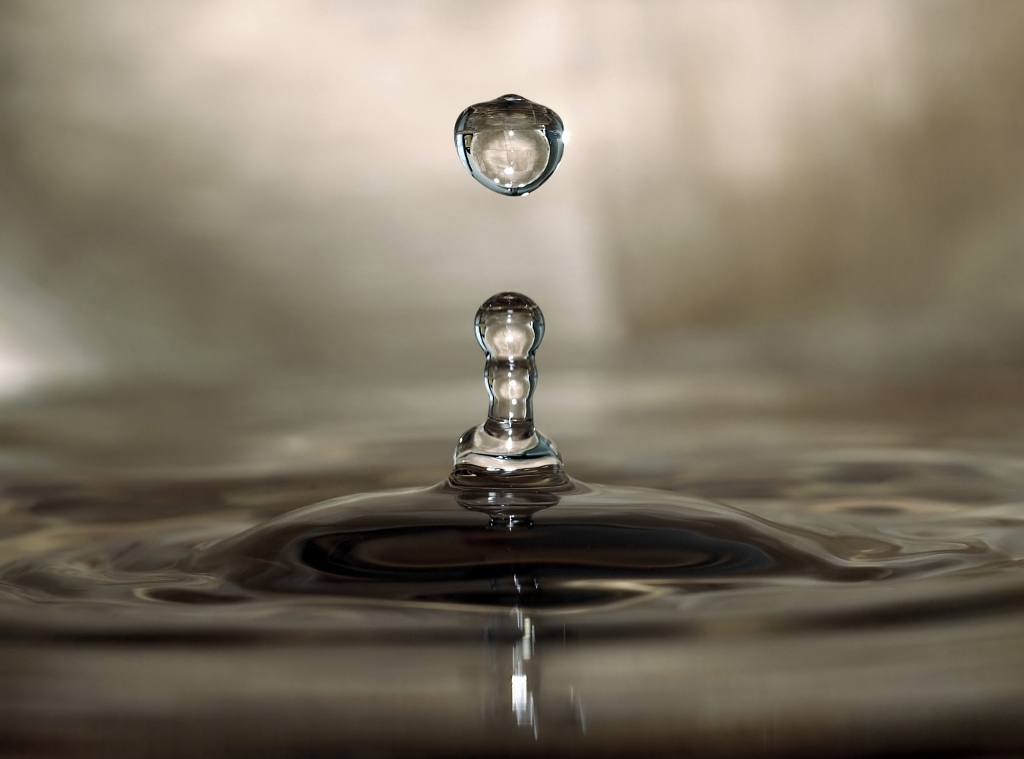
The Science Behind Cold Exposure Therapy and Its Health Benefits
Exposing yourself to cold temperatures may not sound appealing, but it actually offers an array of health benefits. Known as cold exposure therapy, deliberately subjecting parts of your body to cold water or air activates beneficial physiological responses. Understanding the science behind why it works provides greater motivation to take an occasional cold plunge.
The Cold Shock Response
What happens to your body in cold conditions? As soon as skin temperature drops, the cold receptors in your skin send signals through your sympathetic nerves to your brain. This triggers a widespread constriction of blood vessels, an automatic response aiming to reduce heat loss by diminishing blood flow to your extremities. Your blood pressure and heart rate also increase temporarily to compensate.
This involuntary physiological reaction is called the cold shock response. The oxygen uptake in your muscles soars as your body works hard to heat itself back up through mechanisms like shivering and burning fat via non-shivering thermogenesis. These energy-burning processes can increase your metabolism, supporting weight loss.
Release of Beneficial Hormones
Brief bouts of cold therapy also stimulate the release of helpful hormones with anti-inflammatory effects and neurotransmitters that can enhance mood. For example, cold exposure leads to higher levels of norepinephrine and dopamine in the brain — neurotransmitters that alleviate depression. The cold causes tissue damage at a microscopic level, triggering your body’s natural anti-inflammatory reaction. As part of this, your hypothalamus produces higher levels of anti-inflammatory cytokines.
These anti-inflammatory hormones and neurotransmitters yield both local benefits and body-wide effects. After taking an ice bath or cold shower, for instance, muscle soreness eases while your overall inflammation subsides. This can accelerate injury recovery.
Increased Brown Fat Activity
You also have special heat-generating fat in your body called brown adipose tissue (BAT). Cold conditions activate BAT, found around your shoulders, neck and chest. This fat tissue contains more mitochondria than regular fat cells, so it burns calories and glucose rapidly to fuel thermogenesis. Greater brown fat activity and the related energy expenditure contribute to lower body fat. The activated BAT may also regulate blood sugar levels and insulin sensitivity.
Improved Cardiovascular Function
The cold strongly taxes your cardiovascular system so that it adapts and strengthens with repeated exposure. Your heart has to work harder initially to pump blood when vessels constrict. While challenging at first, this ultimately increases endurance and fitness. As your atherosclerotic plaque and blood factors also change favorably due to cold therapy, your risk of cardiovascular disease may decrease over time as well.
Research on Health Perks
Though many benefits of brief cold stress seem logical, researcher confirmation helps substantiate theories. Studies demonstrate that cold water immersion curbs muscle soreness from exertion and boosts recovery after tough workouts. Analyses also associate greater BAT activity with lower body fat percentage and healthier blood sugar/cholesterol levels. Research confirms cardiovascular enhancements too, including increased circulation, slowed arterial aging and better exercise tolerance.
Cold water exposure therapy is becoming increasingly popular with people of all ages, and for good reason. If you think that cold water exposure therapy could be beneficial, why not find out more about it? The linked site has lots of information about cold plunge history, benefits and more, so you can make a more informed decision before you take the plunge…literally.
Ideally, individuals partake in short cold exposures near 70°F that last up to several minutes. You might end an otherwise warm shower with 30-90 seconds of pure cold water, for instance. Restoring warmth afterward completes the cycle of cold-activated beneficial physiology followed by recovery. Over time, cold therapy reaps anti-inflammatory, metabolic and cardiovascular rewards.








